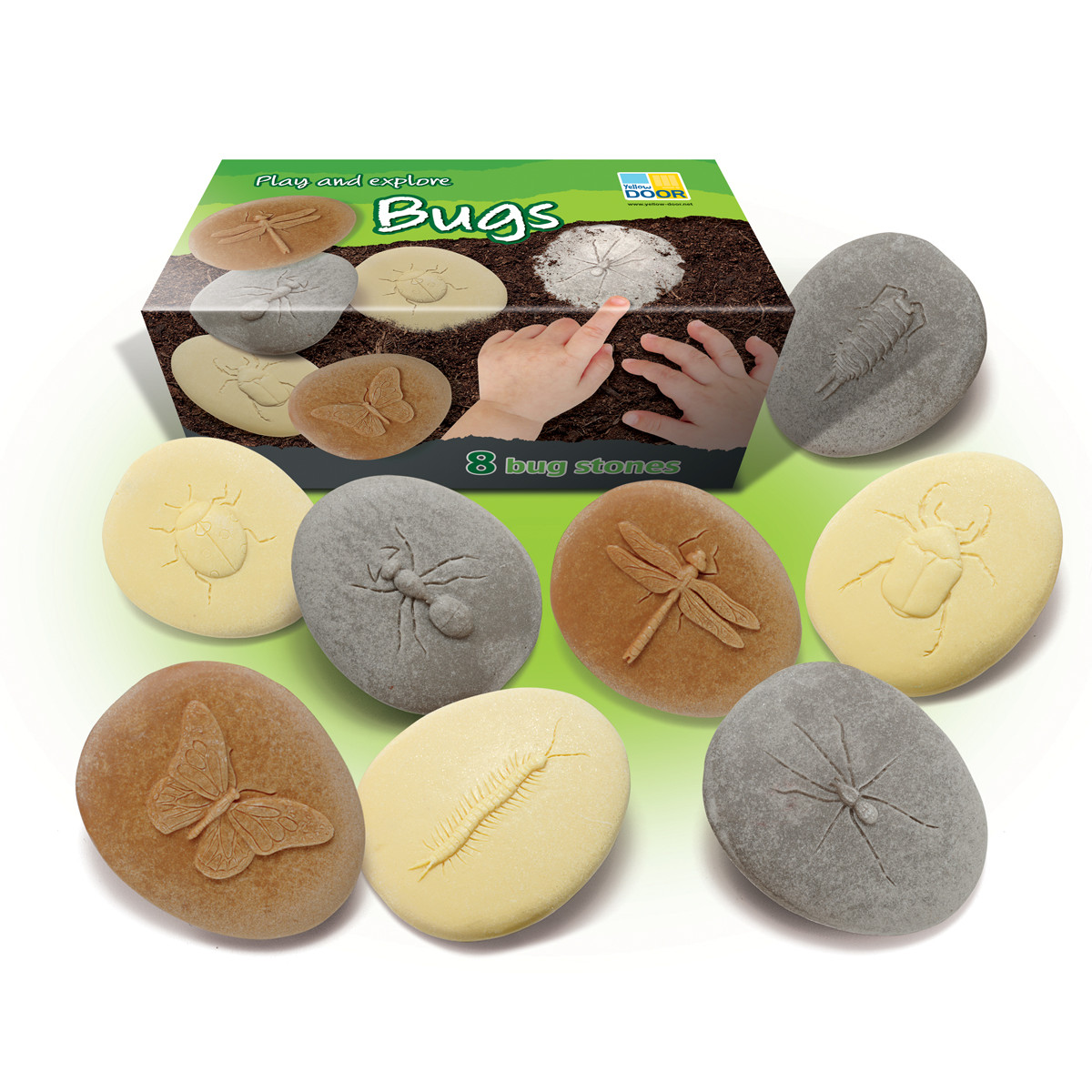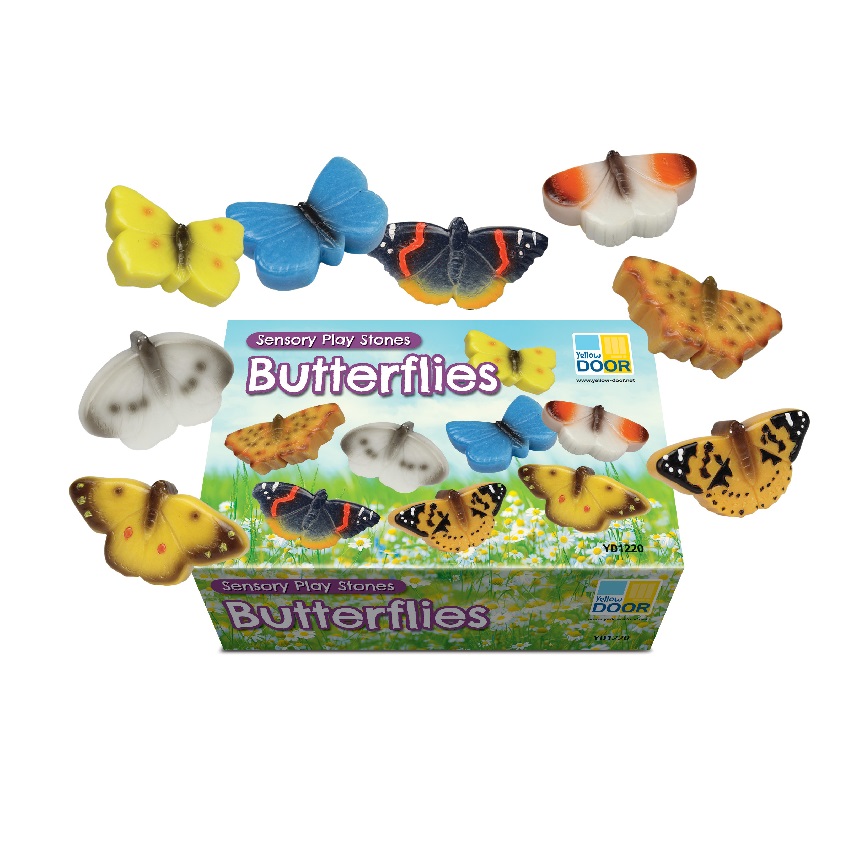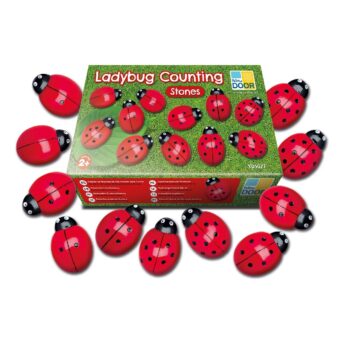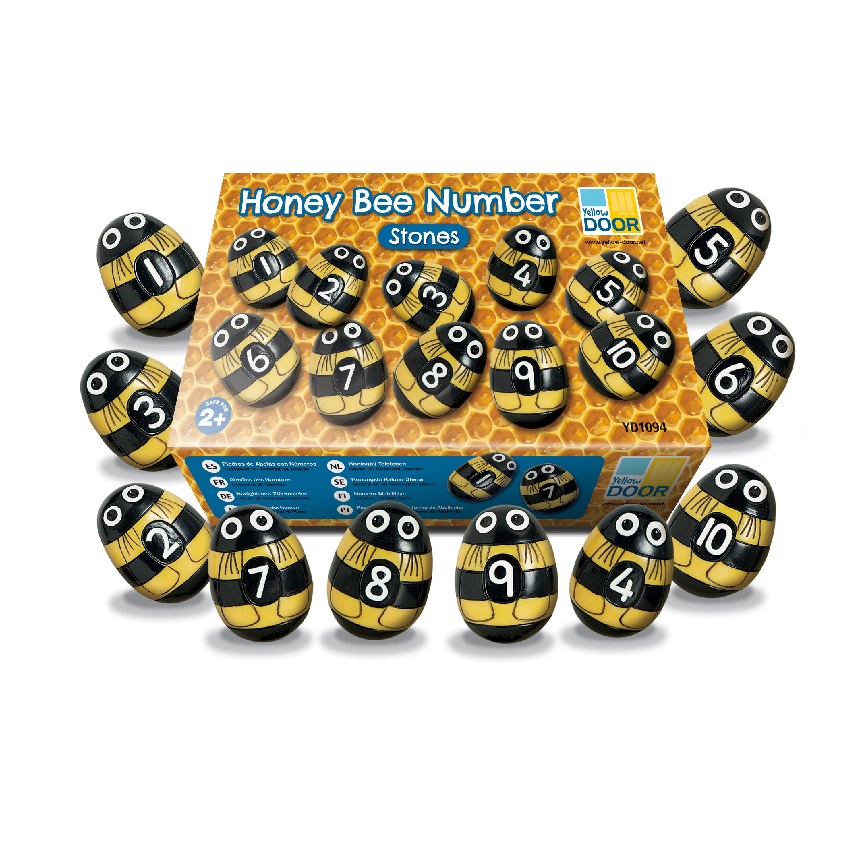The Secret Life of Bugs: Fun Learning Ideas for Children
Exploring the world of insects and bugs with young children opens a door to a wealth of learning opportunities. From fostering curiosity and a love for nature to developing critical thinking and fine motor skills, the benefits are endless!

Whether you’re a parent or an early years practitioner, integrating minibeasts into your educational practice can transform children’s learning experience.
Engaging children with play activities involving bugs can be both educational and fun. Here are a range of creative and sensory activities inspired by insects!
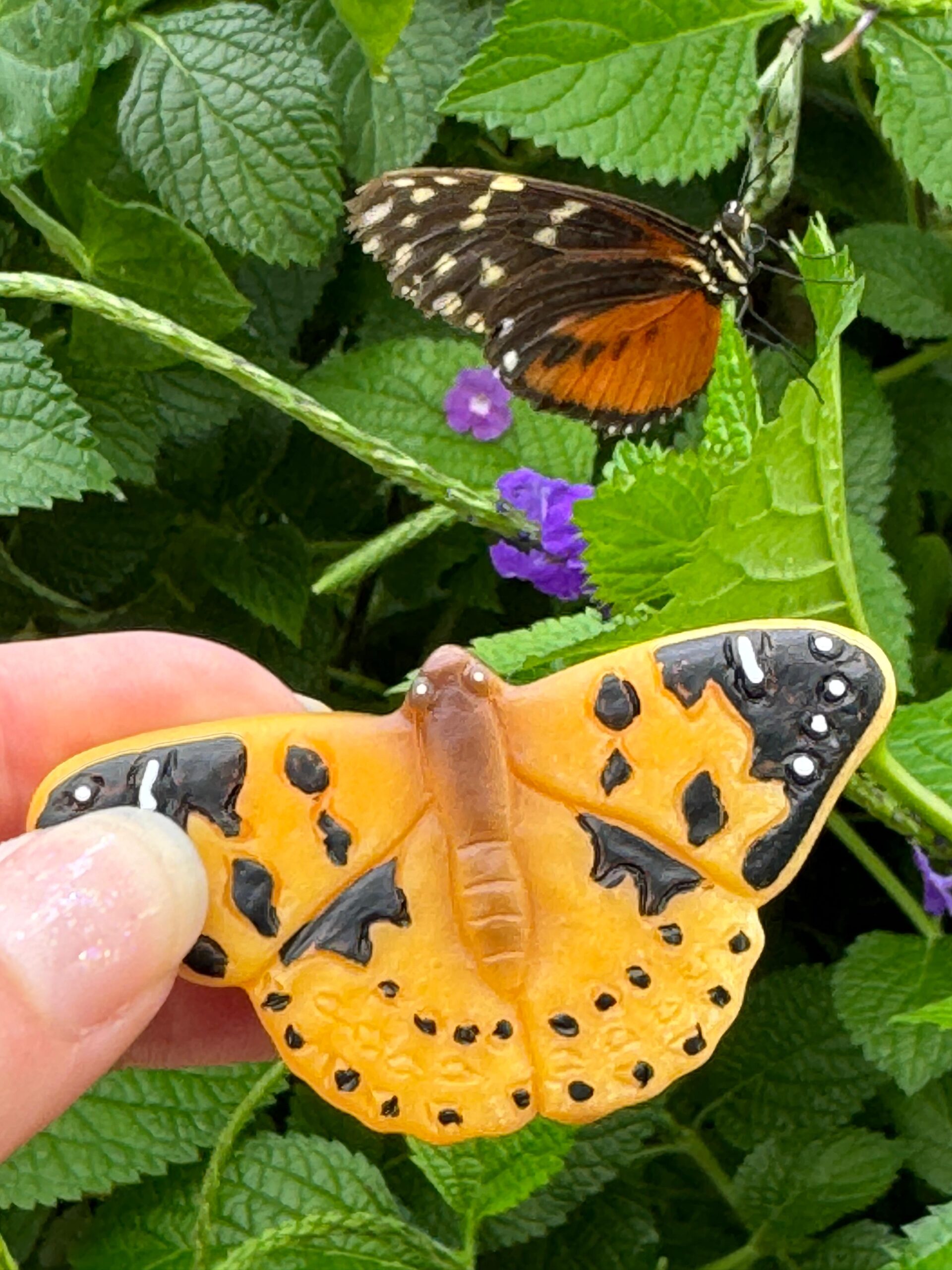
We’re Going on a BUG Hunt…
Time to search for some real bugs outside! A sun hat, clipboard and magnifying glass will help children feel like bug experts. One way to find lots of bugs is to put a sheet under a small tree or bush, then gently shake the branches. You might be surprised at how many bugs fall onto the sheet!
Encourage the children to find the real-life versions of the insects on their stones, fostering observation and identification skills.
Outdoor Art
Using natural materials in art is sensory and promotes critical thinking as it’s easy for children to assess and improve their design. Try creating bug pictures using sticks, leaves, flowers or stones. Keep the Sensory Play Stones to hand as a reminder of what each bug looks like.


Minibeast Sensory Bin
Fill a bin/bucket with natural materials like soil, leaves and small rocks and hide the sensory play stones in it. Children can dig and search for the Bug Stones, which helps develop fine motor skills and sensory processing. What could be hiding inside a basket of leaves, sticks and pine cones?
Build a Bug Hotel
Using natural materials such as twigs, leaves, and stones, encourage children to create their very own minibeast mansion! This activity can teach children about insect habitats and the importance of biodiversity.
Pattern Building
Encourage critical thinking and spatial awareness by challenging children to create patterns and shapes using the Ladybug and Honey Bee stones. They can arrange the stones in different sequences to make patterns or intricate designs.
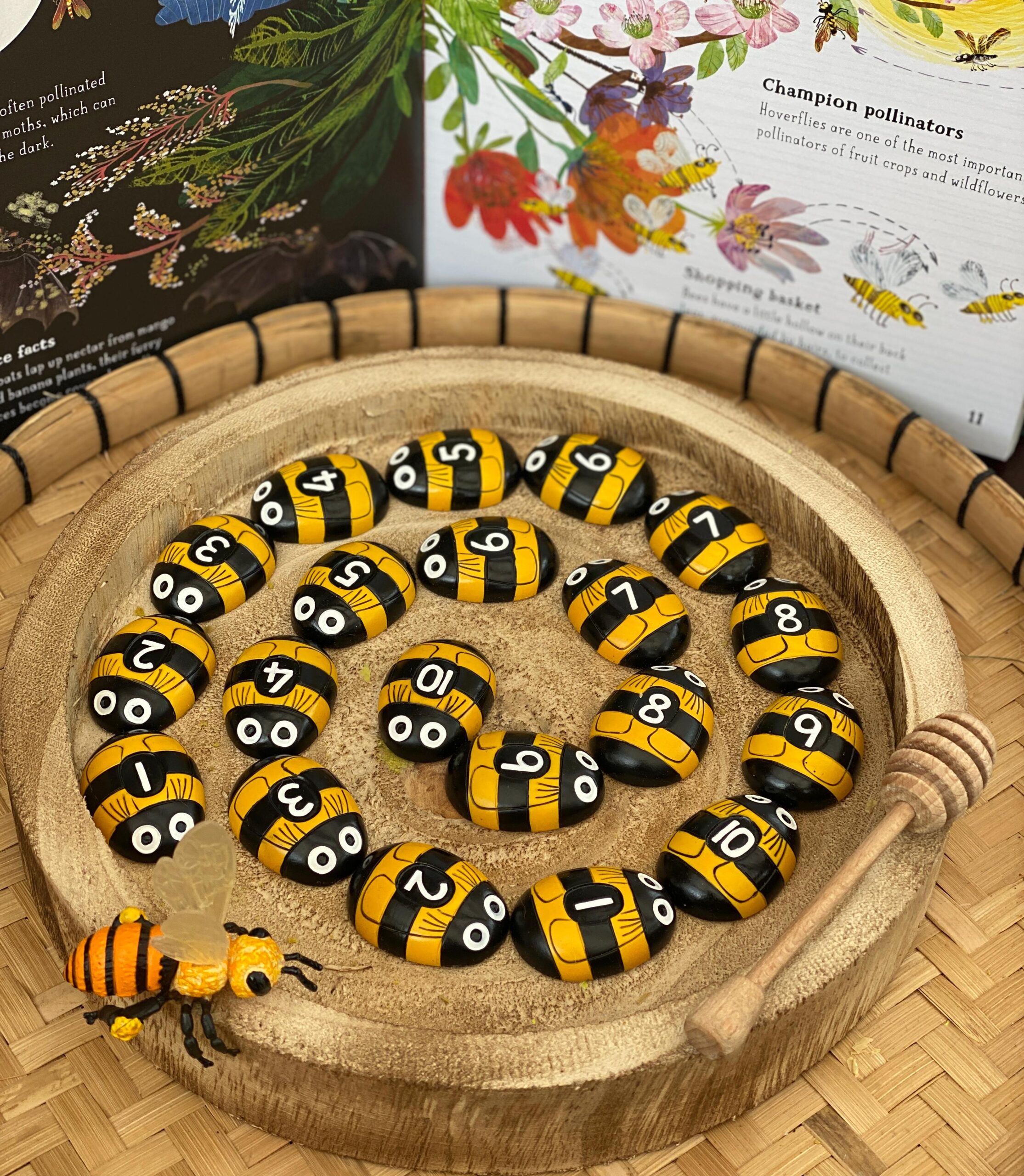
Create a Butterfly Garden
Plant flowers that attract butterflies and watch them visit. Try buddleia, sedum and hebe. Involve the children in buying, planting, watering and caring for them. Once in flower, allow children time to observe butterflies feeding. Discuss how they do this using their long proboscis to reach the flower’s nectar.

Mud Kitchen Maths
Mix up a honey bee soup in the mud kitchen and serve up Number Bonds to ten! Or dish up the correct number of dandelions to match the numerals shown on the bees’ backs.
Make a Wormery!
Set up a worm farm and observe these fascinating creatures! Creating a wormery provides hands-on learning opportunities about ecosystems, recycling, and responsibility.
Bug Role Play
Create a bug obstacle course in a large area or playground using whatever equipment you have – camouflage netting or green fabric is ideal for a carpet of leaves to crawl under, a log or bench could be a branch for climbing along, and blocks or mats could be stones to jump between. A slide could even be a waterspout for children to climb down!
Spot the Spots!
Take maths learning outside with our brightly-coloured Ladybugs! Explore counting to 20, subitising, odd and even numbers, and addition! Why not create a number line on the grass to encourage counting one more or one less, or to identify odd and even numbers?

Get Crafty
Use craft materials to create bug-themed art projects. Make a caterpillar by threading cotton reels and or egg box sections on to string – it’s a great activity for developing fine motor control.
Bug Themed Story Time
Have an insect-themed storytelling session. Children can act out stories or create their own, enhancing their creative thinking and language skills. Here’s a few brilliant bug-inspired stories:
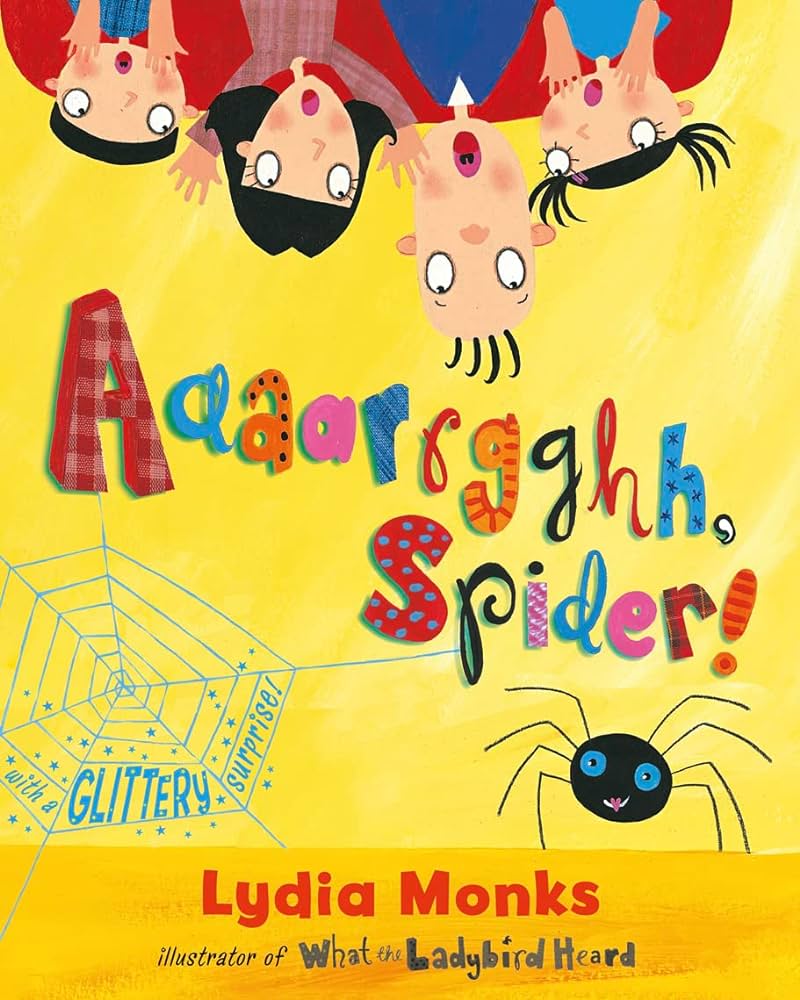
- The Very Hungry Caterpillar by Eric Carle
- A Good Place by Lucy Cousins
- Superworm by Julia Donaldson
- What the Ladybird Heard by Julia Donaldson
- Beetle Bop by Denise Flemin
- A Butterfly is Patient by Dianna Hutts Aston and Sylvia Long
- Aaaarrgghh, Spider! by Lydia Monks
- Ben Plants a Butterfly Garden by Kate Petty and Axel Scheffler
Songs about Bugs
These minibeast melodies are perfect for developing language skills and social interaction.
- Incy wincy spider – Incy wincy spider – BBC Teach
- There’s a tiny caterpillar on a leaf – BBC Two – Watch, The Songcatcher – Tiny Caterpillar, A song about a tiny caterpillar
- Little Miss Muffet Little Miss Muffet – BBC Teach
- There’s a worm at the bottom of the garden – Wiggly Woo – BBC Teach
Click here to browse our curated selection of tactile, bug-themed learning resources

 Register/Log in
Register/Log in
 Cart
Cart
